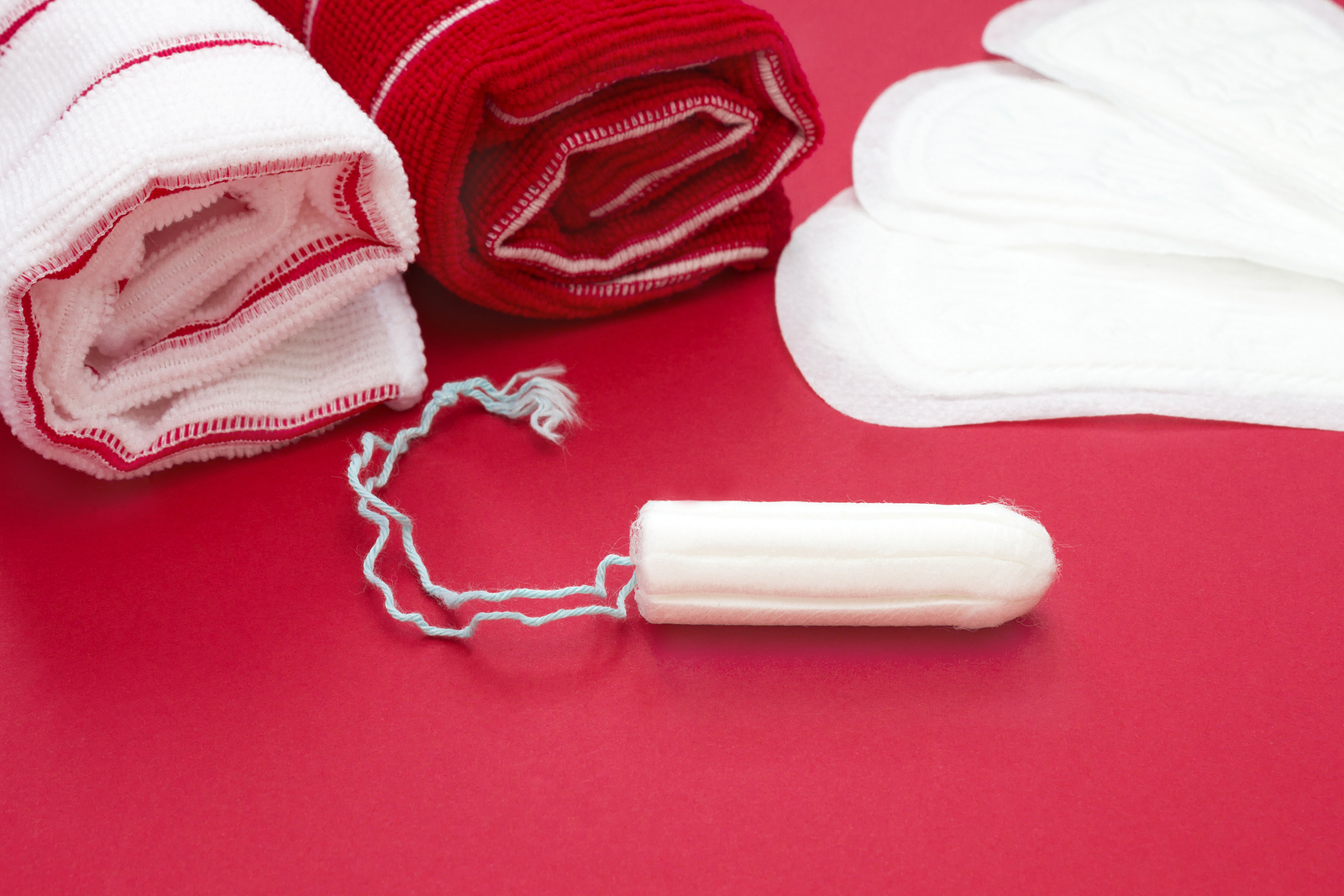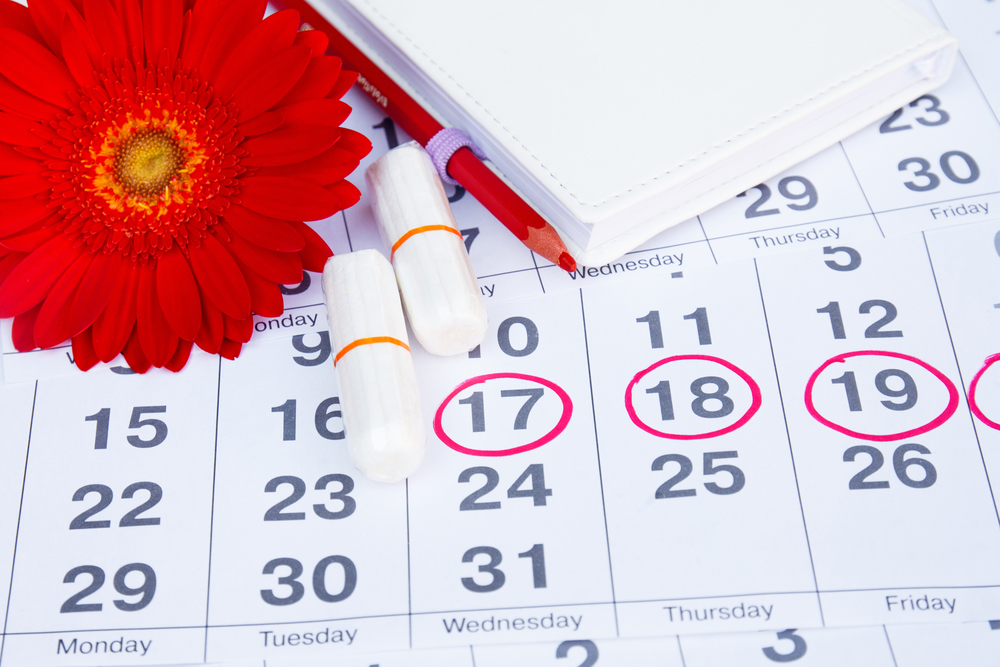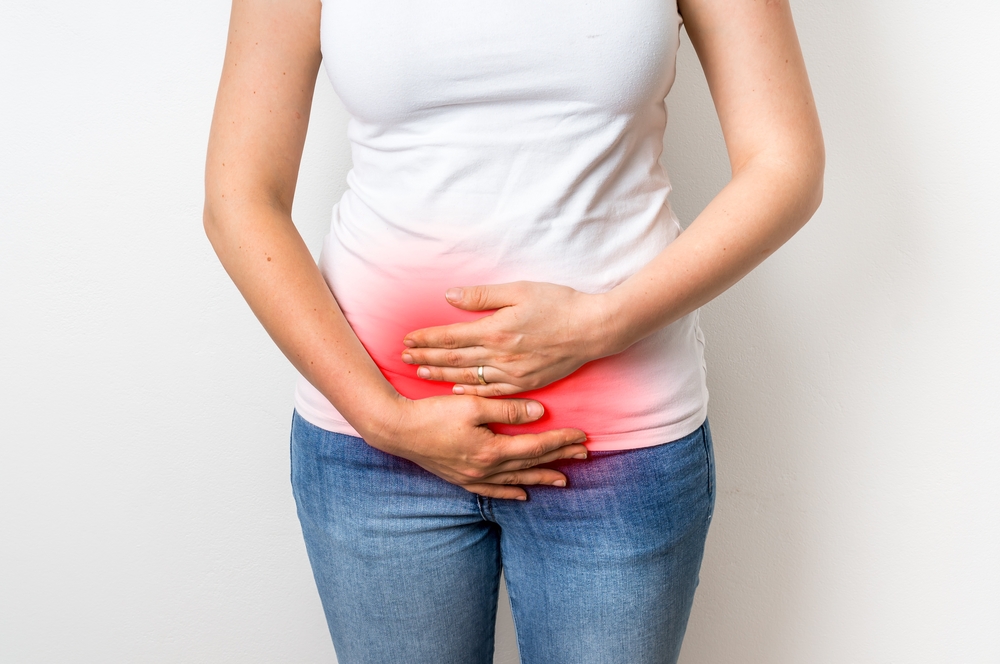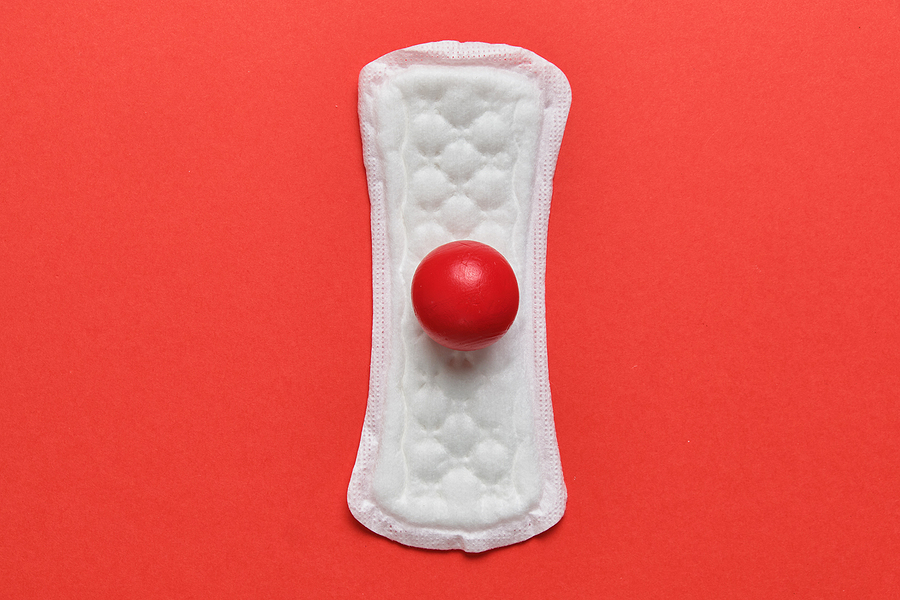You have likely been having menstrual cycles since you were a teenager, but have you ever really understood what’s happening in your body? Have you ever wondered why your cycle can be so different from other women you know?
A woman’s menstrual cycle is highly individual, and can range anywhere from 24–37 days. What’s “normal” is what’s normal for you. The length of your cycle may be affected by many things, including illness, stress, travel, fertility medication, and close association with other women.
At different times in your life, your menstrual cycle may become irregular due to a variety of factors, including pregnancy, stress, diet, hormonal imbalance, exercise, and illness. For more information, refer to our articles on irregular periods.
Let’s consider a typical 28–day cycle, and call the first day of bleeding day 1. Each month our ovaries begin to ripen a number of follicles, which is why days 1–14 are called the follicular phase. Each of the many follicles in the two ovaries is a pocket of tissue filled mostly with estrogens. The number of active follicles changes with each cycle, but typically only one follicle per month in a single ovary becomes dominant over the others and produces a viable egg. As the follicles ripen, estrogen levels rise.
Just before mid-cycle, the hypothalamus and pituitary gland release LH (luteinizing hormone) and FSH (follicle stimulating hormone) spikes to trigger the dominant follicle to ovulate. Estrogen levels continue to rise.
Days 14–28 are termed the luteal phase, when estrogen levels begin to fall and progesterone levels rise. Around day 14 (but it can vary) ovulation occurs. The dominant egg is released from the follicle and is drawn into the fallopian tube on its way to the uterus. This triggers a host of hormonal secretions — including estrogen — that thicken the uterine lining to support a pregnancy. Many women know they are ovulating by vaginal mucus discharge, nipple tenderness, or the tell-tale twinge in their abdomen called mittelschmerz.
Women are fertile for about 24–48 hours around the time of ovulation. Progesterone levels remain high unless the egg goes unfertilized, in which case the egg is re-absorbed and progesterone levels fall. In this event, progesterone levels continue to fall until day 28, when progesterone reaches its lowest level, menstruation occurs, and the cycle repeats. This turning point almost always occurs 14 days after ovulation.
To identify when you ovulate, count back 14 days in your cycle from the first day of your period. That is your fertile time. It is difficult to know you’re ovulating at the time unless you use an ovulation predictor kit or adhere strictly to another cervical mucus/basal body temperature method, which can help you determine when you are fertile within a window of about 24–36 hours.
Anecdotally, it is believed that in times past, women’s periods corresponded with the phases of the moon, with ovulation at full moon and menses at the new moon. It stands to reason that before the advent of artificial light, hormone fluctuations may have been more closely governed by not only diurnal (daily) cycles (as with melatonin and cortisol), but by regular monthly cycles. Who among us has not witnessed the powerful effect that the moon’s phases exert on earth’s largest water body, the ocean? It is no stretch to suppose the ebb and flow of fluid in our own bodies — largely composed of water — would be similarly influenced.
Regular menstruation is a positive indication that your body is in homeostasis, making appropriate levels of hormones according to an age-old rhythm proven optimal for reproduction. However, this hormone-dependent cycle can be mercurial — prone to imbalance and upset by the many stresses of modern life. It is relatively easy, then — and completely normal — to experience hormonal imbalances that disrupt your menstrual cycle. For more information read our many informative articles in our Hormonal Health section.
The good news is that it’s relatively easy to re-establish and maintain a healthy, regular cycle when you give your body the right support. Positive lifestyle changes can make a remarkable difference in menstrual health, and our patients have had great success with improvements in diet, and adding a medical-grade nutritional supplement (Marcellepick.com has a high-quality formulation). In some cases, additional bioidentical progesterone support may be helpful. These measures will support your body’s natural hormonal balance.
* Adapted from information at McGill University and the University of Wisconsin. .








